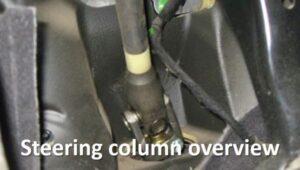Measuring devices are precise and sensitive instruments. They should be treated with great care. You should never strike, throw or overload the measuring equipment as they may be damaged. The more precise they are, the more sensitive they are too rough handling.
Clean them after each use. Check and calibrate the measuring devices regularly. Before performing the measurement, find out about the expected exact values and permissible deviations. Even the slightest measurement error can be crucial to the correct operation of the engine and other systems on the vehicle.
Two systems of measures are used in the world, metric and imperial. Often measuring devices have a measuring scale of both systems. However, when we have the required values in one and the measuring device in the other system, then there is a problem when reading and comparing the measured value with the required one. The International System of Units has adopted a metric system where each unit is multiplied or divided by 10 to obtain larger or smaller units. This makes the metric system much easier to use, with less chance of error compared to the imperial system.
The basic unit of linear measurement in the metric system is the meter. The basic unit of linear measurement in the imperial system is the inch.
The automotive industry has largely accepted the metric system of measures, but technicians must know how to measure and work with both measuring systems. The following are some common equivalents in these two systems:
Length
1 m = 39,37 inch
1 inch = 2,54 cm
Weight
1 kg = 2,2046 pounds
1 pound = 453,59 g
1 ounca = 28,3495 g
Temperature
T(°F) = 9/5(T(°C) + 32°C)
T(°C) = 5/9(T(°F) – 32°F)
Pressure
1 bar = 14,504 psi
1 psi = 0,06895 bar
Torque
1 Nm = 0,7375 ft.-lb
1 ft.-lb = 1,3558 Nm
The technician is expected to perform various measurements during operation. So you need to know what tools are available and how they are used. Measuring tools can be classified according to the type of measurements they can make.
















